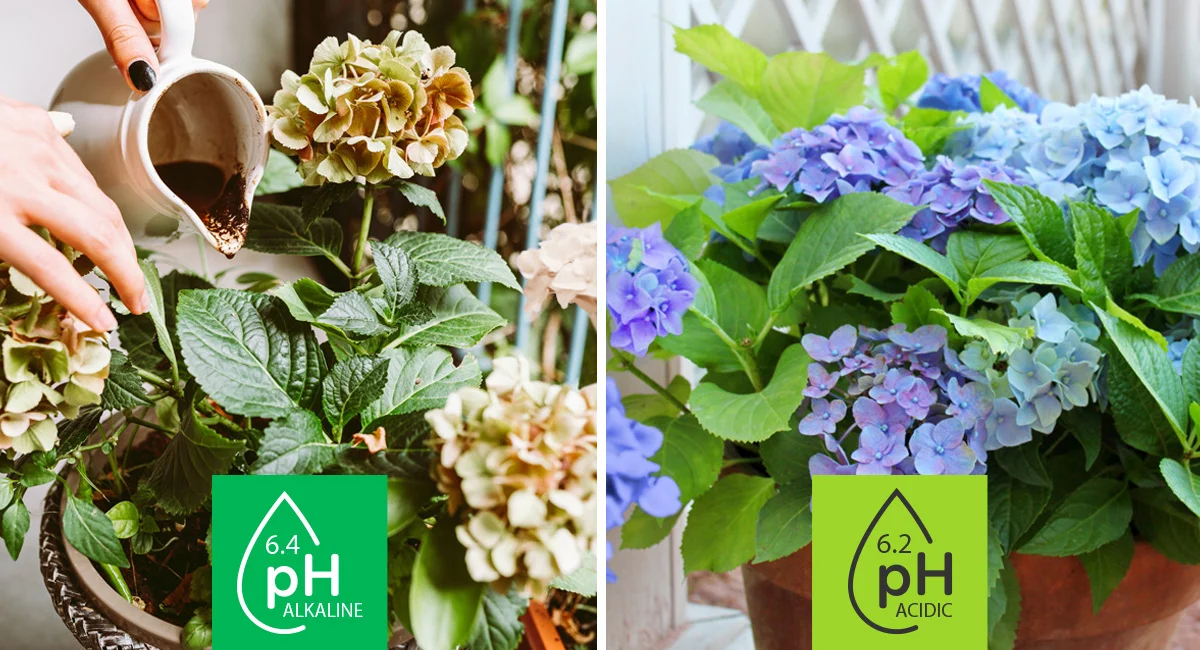
Have you ever wondered why some plants thrive in your garden while others struggle? Perhaps you’ve meticulously cared for a particular flower or vegetable, providing ample sunlight, water, and nutrients, yet it just seems to languish. One often overlooked factor that can significantly impact plant health is to lower soil pH. This blog post will delve into everything you need to know about how to lower soil pH for plants, from its importance to simple testing methods and effective strategies. By understanding this crucial aspect of soil health, you can unlock the secrets to a flourishing garden where all your plants reach their full potential.
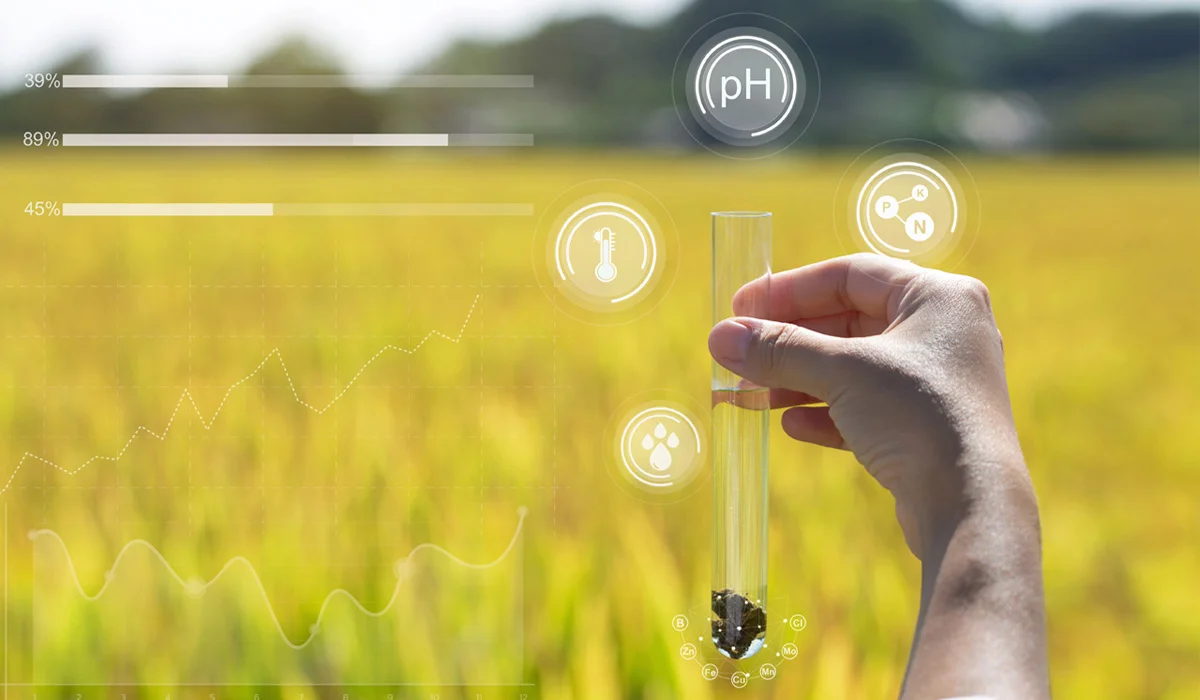
The Importance of Soil pH for Plant Health
pH stands for potential of Hydrogen and it measures how many hydrogen ions are present in a substance. Depending on something’s pH, it can be acidic, neutral, or alkaline. Soil pH refers to the measurement of acidity or alkalinity in soil. It plays a crucial role in nutrient availability for plants. The pH scale ranges from 0 to 14. It might seem counterintuitive, but the lower the number, the more acidic something is and the higher the number the more basic, or alkaline, it is. Most plants prefer a slightly acidic soil environment (between 6.0 and 7.0 pH). In soil with a high pH (alkaline), essential nutrients like iron and manganese become less available to plants, hindering their growth and overall health.

Simple Testing Methods for Soil pH
Before attempting to adjust your soil pH, it’s vital to test it first. There are two main methods for testing soil pH:
- Soil Test Kits: These readily available kits from gardening centers allow you to take a soil sample and follow simple instructions to determine the pH level.
- Digital pH Meters: For a more precise measurement, digital pH meters can be used. These involve inserting a probe into moist soil and getting a digital readout of the pH level.
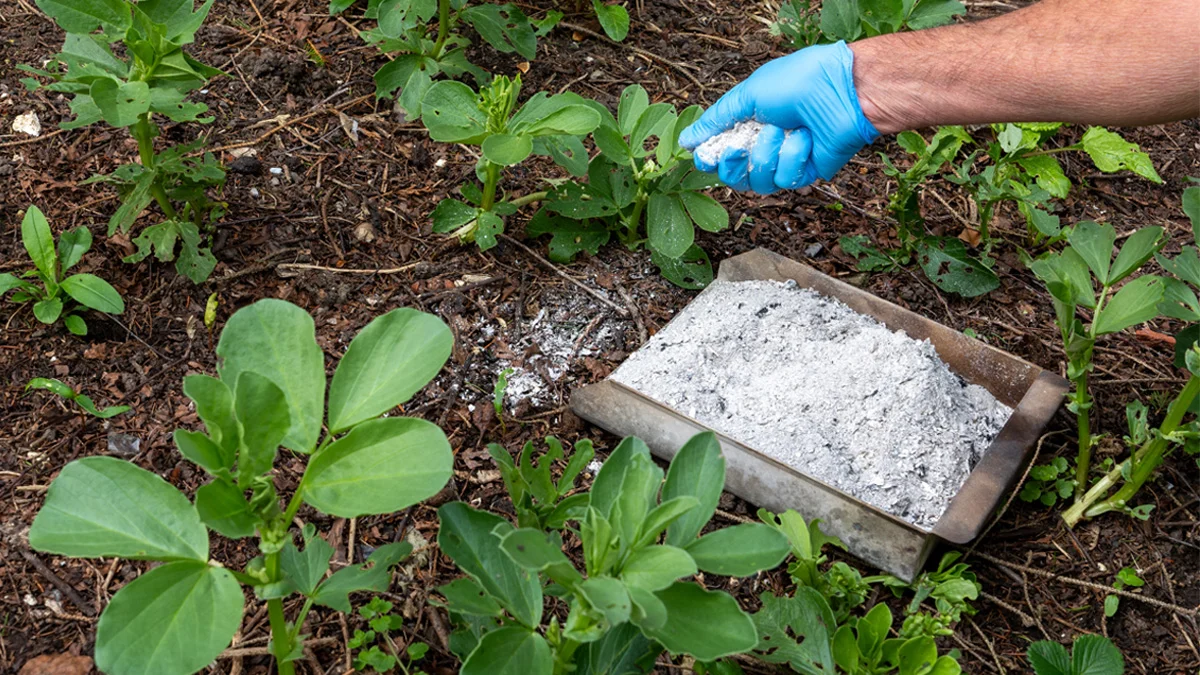
Natural and Chemical Ways to Lower Soil pH
Once you’ve confirmed your soil has a high pH, you can take steps to lower it and create a more favorable environment for your plants. Here’s a breakdown of effective methods:
Organic Amendments
Utilizing organic amendments is a natural and sustainable approach to lowering soil pH. Here are some popular options:

Peat Moss
Sphagnum peat moss is highly acidic and can effectively lower soil pH. It’s best to mix it thoroughly into the soil before planting.
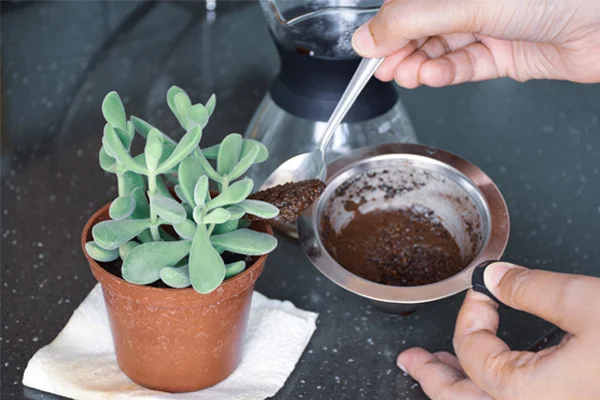
Coffee Grounds
Coffee grounds are a readily available source of organic matter that can slightly acidify the soil. However, use them in moderation as too much can have the opposite effect.
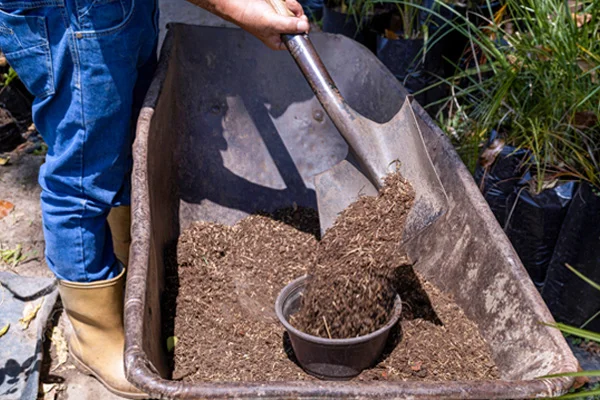
Compost
While compost itself doesn’t directly change pH, it improves soil health and adds organic matter that can gradually lower pH over time.
Safe Use of Chemical Adjusters
While organic amendments are a preferred approach for many gardeners, there are situations where faster results are needed. In such cases, chemical soil acidifiers can be considered. However, it’s crucial to exercise caution when using these products:
- Elemental Sulfur: This is a popular choice for lowering soil pH. It works by slowly converting to sulfuric acid in the soil. The application rate will vary depending on your soil type, so be sure to follow the product instructions carefully to avoid over-acidification.
- Aluminum Sulfate: This option acts more quickly than elemental sulfur but can leave behind residual aluminum, which can be harmful to some plants in high concentrations. It’s best to use aluminum sulfate sparingly and only when necessary.
Important Note: Always wear gloves and protective gear when handling chemical soil acidifiers, and strictly follow the manufacturer’s instructions for application rates and safety precautions. Ocean State Job Lot has a large variety of garden tools and equipment to make your day in the yard safe and effective.
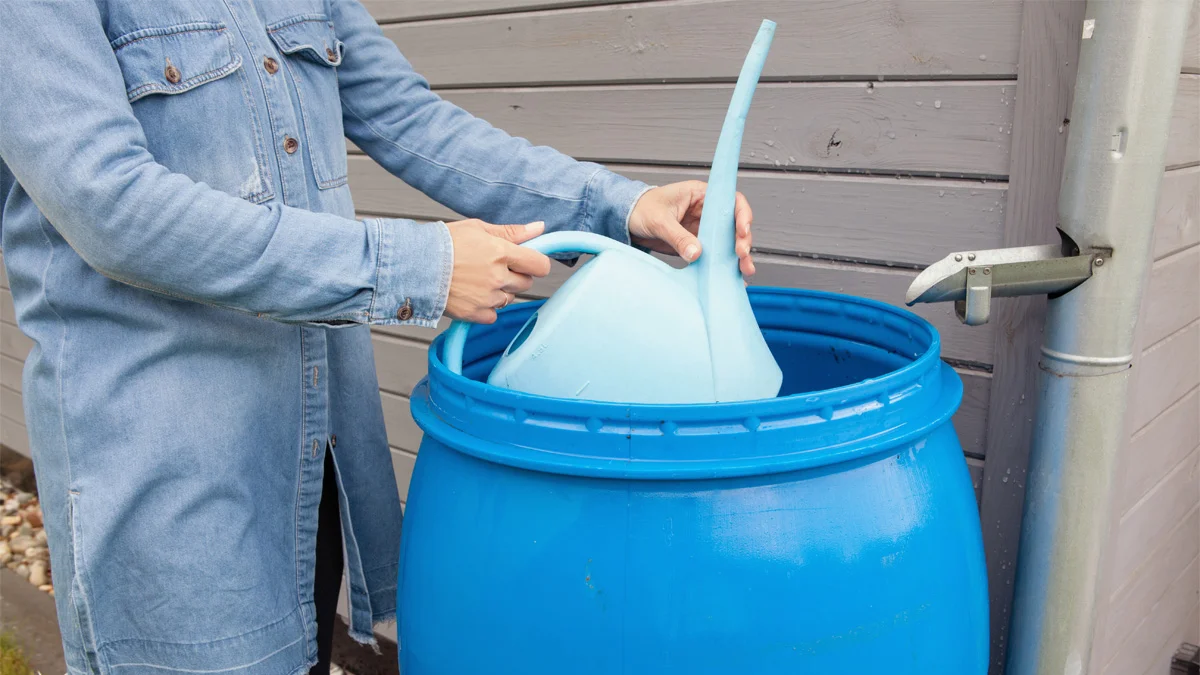
Monitoring and Adjusting pH Over Time
Remember, soil pH isn’t a fixed value. Natural processes and watering practices can cause it to fluctuate over time. Here’s how to stay on top of your soil’s health:
- Retest Regularly: Retest your soil pH every year or two to monitor any changes. This allows you to make adjustments as needed to maintain the ideal range for your plants.
- Watering Practices: Using rainwater or collecting runoff from roofs can help naturally acidify your soil over time, as rainwater is slightly acidic. Ocean State Job Lot’s watering and irrigation supplies can help you find a watering method that’s right for you.

Maintaining Ideal Soil Conditions
By understanding the importance of soil pH and implementing these strategies to lower it when necessary, you can create an optimal environment for your plants to thrive. Remember, a healthy balance is key. While some plants prefer acidic soil, others flourish in more alkaline conditions. Knowing your plants’ specific needs and testing your soil regularly will empower you to make informed decisions and ensure your garden flourishes. This knowledge extends beyond your flowerbeds, too! Understanding soil pH can benefit your entire landscape, from the health of your lawn to the success of container plantings. So next time you’re at your local Ocean State Job Lot browsing our planting and lawn care section, remember the power of soil testing! Happy gardening!

Explore More Gardening Resources
This blog post just scratches the surface of the fascinating world of gardening! If you’re a complete beginner, you might find our guide titled, “Gardening for Beginners” helpful. It covers essential topics like choosing the right plants for your climate, preparing your soil, and basic watering techniques.
Perhaps you’ve always dreamt of having a flourishing vegetable patch but don’t know where to start. Our article on “How to Start Seeds” will equip you with the knowledge to nurture seedlings from tiny sprouts into bountiful harvests.
Even seasoned gardeners make mistakes! Learn from common pitfalls with our guide on “Common Gardening Mistakes.” We’ll share tips on how to avoid these errors and ensure your plants thrive.
Finally, ever wondered “How Does a Greenhouse Work?” This technology can extend your growing season and protect your plants from harsh weather conditions. Our blog will explain the science behind greenhouses and help you decide if one is right for your gardening needs.
Keep the fun under the sun going all summer long by visiting your local Ocean State Job Lot. You’ll never know what you’ll find that could be the one thing you need!
